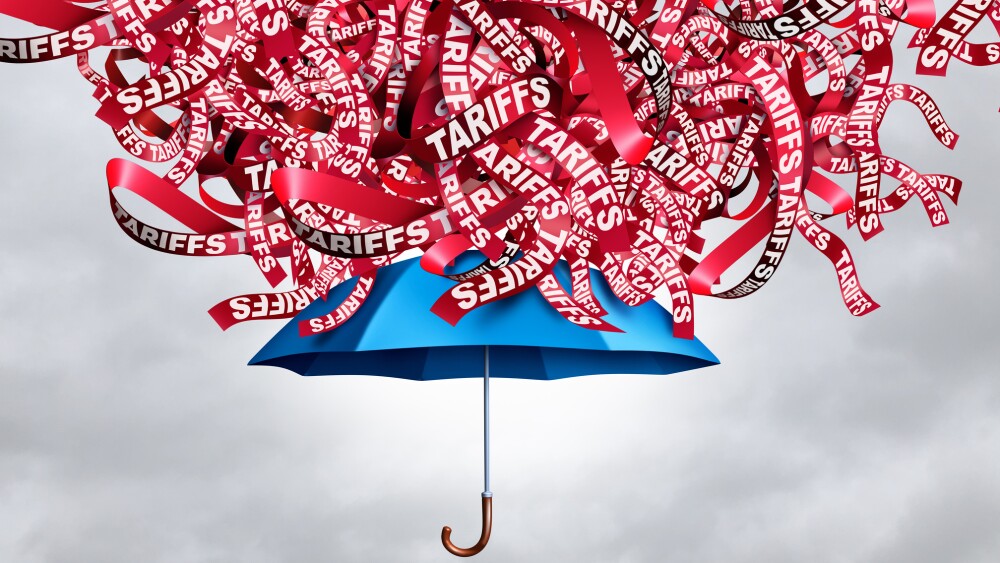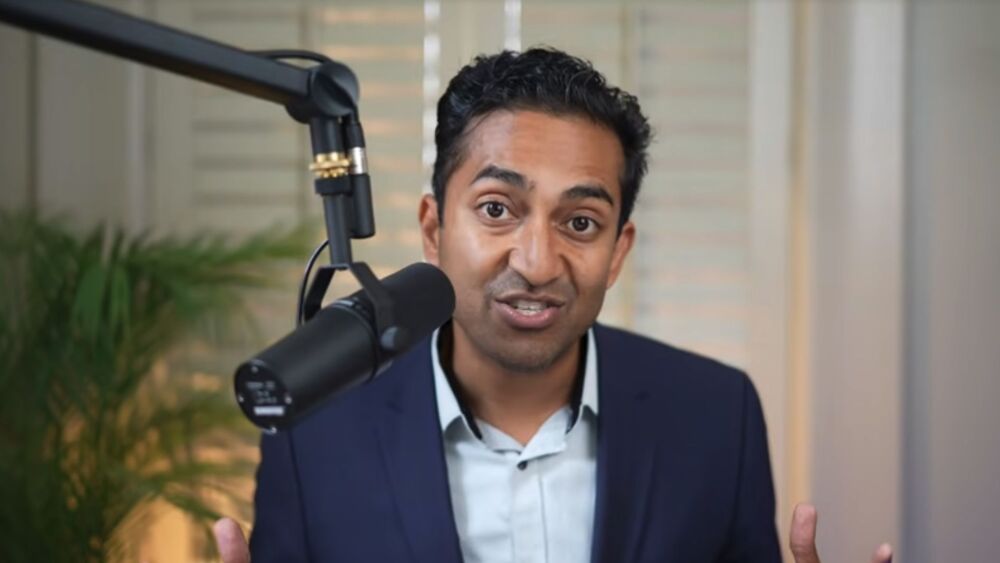Companies that have broken ground on or are actively constructing manufacturing facilities in the U.S. are exempted from the tariffs, according to President Donald Trump’s social media post on Thursday.
After months of tarrying and threats, President Donald Trump’s pharma tariffs are finally coming on Oct. 1—though they will carry broad exceptions for companies that have taken concrete steps to build out their domestic manufacturing footprints.
In a Truth Social post on Thursday evening, Trump said he will slap a 100% tariff on “any branded or patented Pharmaceutical Product.” This will not apply, however, to companies that are already building production plants in the U.S., he noted, clarifying that only those with manufacturing projects that have broken ground or are under construction will qualify for this exemption.
“There will, therefore, be no Tariff on these Pharmaceutical Products if construction has started,” he wrote.
BMO Capital Markets called these exceptions a “wide carve out” that covers almost all of the major industry players, which in recent months have pumped billions of dollars into the U.S. for infrastructure projects. “We’re reading this as POTUS wants to continue to encourage Global BioPharma to manufacture some product in the US for the US market,” the analysts wrote, however noting that “as with most policy by tweet (or TRUTH social post), the details are scant.”
Leerink Partners agreed, noting that while many large-cap companies will be spared by the tariffs, it remains unclear “which smaller U.S. biopharma companies may face exposure.” Trump’s post leaves several uncertainties unaddressed, the analysts added. It does not clarify, for instance, how outsourced facilities will be considered, and how the Oct. 1 tariffs square with his previous statement that he would give companies “about a year, a year and a half” to beef up their domestic supply chains.
There also remains the question of legality, according to Leerink: “Will administrative action be durable and not reversed upon potential legal challenges?”
Over the last few months, Trump has made varied statements about pharma levies. In July, he threatened the industry with 200% tariffs before ratcheting that rate up to 250% in early August.
At the same time, Trump has arrived at trade deals with certain economic blocs that put the actual tariff rate at a much lower value. Agreements with the European Union in July settled on 15% duties for generics, while a similar deal with Japan earlier this month imposed a 15% tariff on pharma imports, though generics are exempted.
In parallel to these statements and trade deals, the Trump administration also has an ongoing Section 232 investigation regarding the national security risks of pharmaceutical imports. The probe was initiated in April and was supposed to have wrapped up by mid-August.






